How the power of community can help you embrace your authentic self
And remind us that we are all Buddhas, waiting to be awakened
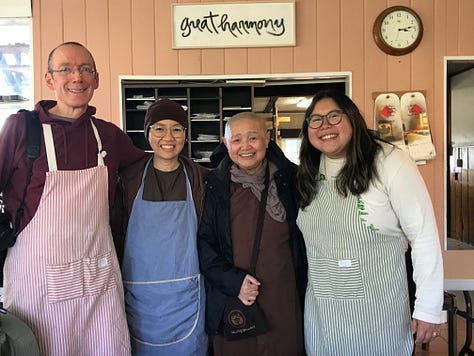
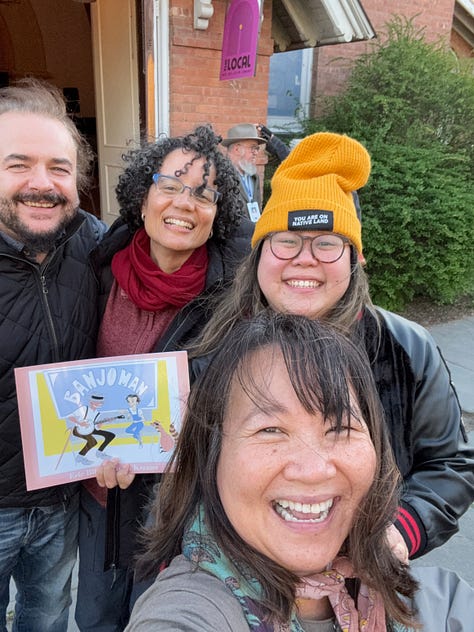
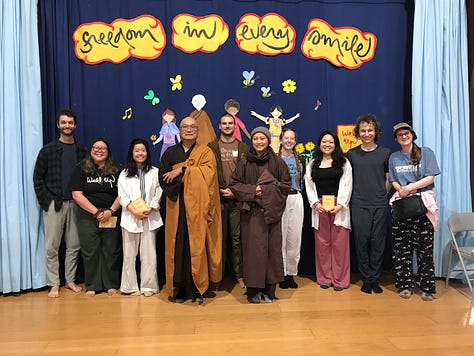
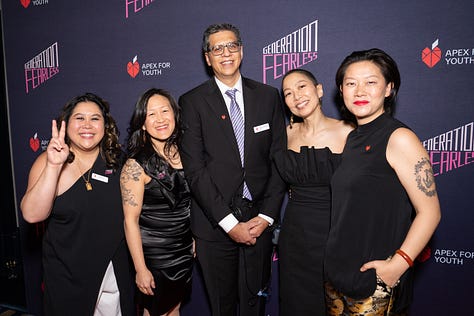
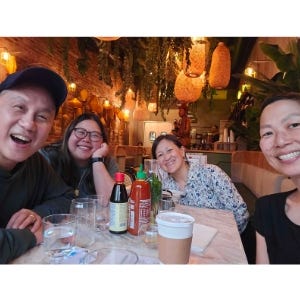
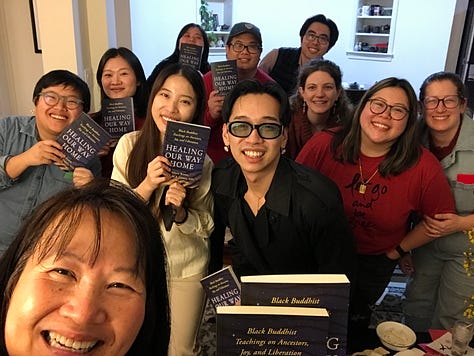
In the spirit of community and AAPI Heritage month, I wanted to uplift 4 awesome AAPI community organizers who have reminded me that I am a Buddha and that I can always be my authentic self. I am grateful they exist and for all the work they are doing. Please check them out here and follow and support them, trust me when I say they will remind you of that as well.
Contemplations:
Who in your life reminds you of your Buddhanature — that you are worthy at your most authentic self?
How can you find/build a community of people who will help you remember that you are fundamentally good?
I write a lot about belonging.
Mainly because I have been searching for it all my life. I have always had a deep yearning to feel like I belong.
Through the years as I have unpacked this more and more, I have noticed that the word “belong” can easily be replaced by “be loved.”
“I want to belong. I want to be loved.”
This is a phrase that has echoed in my mind for as long as I can remember. Sometimes explicitly, sometimes more implicitly, rumbling in my subconscious. I’ve learned that the identities I hold make it harder for me to find this sense of belonging, this need to be loved.
Growing up, I hated being different. Like so many teenagers, all I wanted was to fit in, but that was harder for me as a lonely Asian kid in a white suburb in Texas. I didn’t have the words or the knowledge to understand that the things kids would say to me — about the food I ate, the slanted eyes I had, my last name — was not just teasing but was filled with racist rhetoric that they were learning from their parents at home and the world around them. I didn’t know that the “culture” I was trying desperately to be a part of was embedded with white supremacist thinking.
But these ideas shape you at a young age and what started as an aversion to my racial and ethnic background bled into other parts of my identity — I often was too afraid of my Queerness, disgusted by my larger body to even look at it.
I believed that the world thought I was unloveable. If no one else dared to love me, how and why would I love myself? This has been the long journey of healing for me in the last decade, this journey of coming home to myself. One that I am still on, and that I am still walking one day, one moment at a time.
The deep teachings of sangha and Buddhanature
This month is AAPI Heritage month and I am thinking a lot about who has helped me reconcile these feelings of otherness through the years, particularly around Asianness, and how I have gotten on this slow road towards loving myself.
One of the most vital teachings of the Buddha is recognizing the Three Jewels. The Three Jewels are considered the center pillars of our spiritual practice. We are invited to take refuge in each jewel — the Buddha, the dharma, the sangha.
For the last decade, seeking refuge in the dharma (Buddhist teachings) has been a joy and has come easily to me. As someone who is endlessly curious (#gemini) and a lifelong learner, the dharma provides boundless wisdom and insight for me every day, and in every moment.
And though I have found refuge in the Buddha, for many years the Buddha represented a metaphor, an external aspiration more than the deep understanding that a Buddha was present within me and all of us. When I came across Tathāgatagarbha Sūtra a few years ago, it very much changed my life. This teaching of Buddhanature tells us that we are a Buddha even before we are born, that our Buddhanature begins in the womb. The womb y’all!!!
This means that we all have access to a luminous mind, that we are fundamentally good, and that we are all loveable. This was wild to me, what an incredibly radical teaching to believe that we are all inherently good. In the Shambala tradition, they talk about this as basic goodness. This applies not just to ourselves or the people who we love, but also the people we don’t, who we might even hate. This is a deep deep teaching and an invitation for us to practice compassion, and like so many other facets of the practice — I realized it has to start with me. The way out is in after all, as Zen Master Thích Nhất Hạnh would often say.
So for years and years now, I began quieting my mind through meditation, starting with neutralizing and stopping my thoughts of unworthiness, of otherness, and then eventually over time, I found ways to celebrate me and my uniqueness. Over time, I started realizing that voicing my points of difference were sometimes my only way of finding agency in a world that continues to want to silence me into submission.
But as all things, the journey is difficult on your own. You get in your own way. I certainly did. That’s why the third jewel is equally as important — sangha.
A sangha is a values-based community of practice grounded in the Buddha’s teachings. It’s a refuge in this world of suffering, where the path of spiritual liberation can be actualized. Sangha is one of the three jewels of Buddhism, because it is where the living dharma is embodied in the very lives of its members.
I have gone searching long and far for a sangha. For years and years, I went to different Buddhist practice centers, yoga studios, mindfulness groups, online and in-person. The irony was painful — I was deeply looking for a place to belong but couldn’t find it; I was working so damn hard trying to love myself but still couldn’t find a place where I could authentically be who I was and not feel different. Many places of practice were predominantly white which brought up my feelings of difference around race; and the places that were more Asian-centric, seemed to either be homophobic, fatphobic or completely inaccessible to someone like me who wasn’t just Asian, but Asian American. The spiritual communities that I kept coming across were limited in their scope of humanity, and I often feel in the margins. Not to mention, I, like many others, saw many of my yoga and Buddhist teachers fall from grace as inappropriate behavior and harm and abuse were brought to light. I almost gave up. This search seemed to be never-ending, excruciatingly activating and sisyphean. I was so desperate to find a place to just be that I even started my own community non-profit, Joyful Liberation Collective, to not just fill a gap in these spaces, but to fill the hole in my heart.
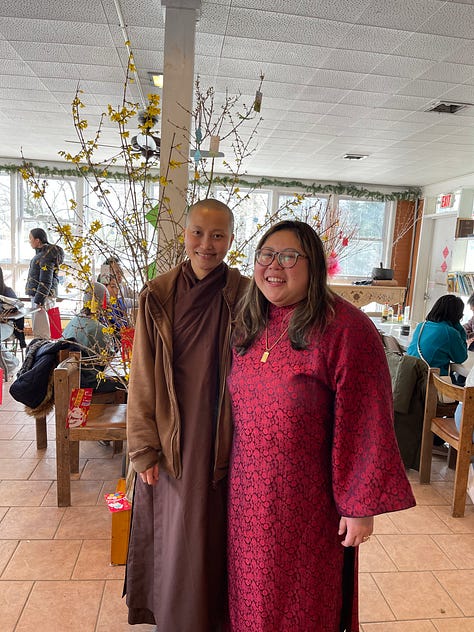

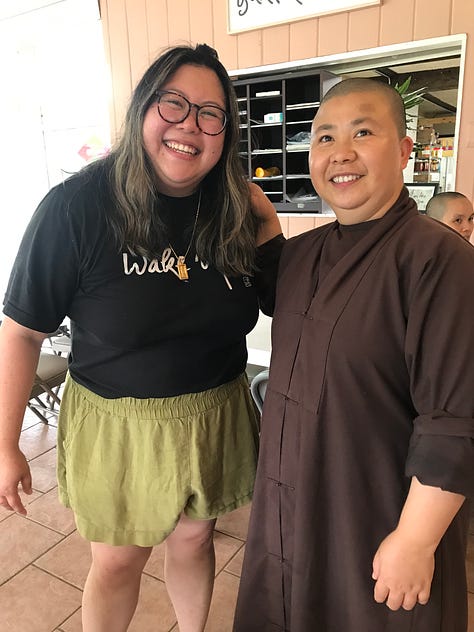
But in a last leap of faith, I found Plum Village and Blue Cliff Monastery and all of that changed. I wrote about this a few years back in honor of Zen Master Thích Nhất Hạnh when he died. (You can read the full piece here, if you’d like.)
I had expected that energy, having been to Blue Cliff before, but what I had not anticipated was to be so entrenched in Vietnamese culture—to be invited back to myself and my roots:
I practiced traditional Vietnamese Thien Buddhist rituals, the Plum Village way;
I watched the monastics wear sun hats and eat Vietnamese food in noble silence;
I heard the morning chants sung beautifully in Vietnamese.I finally found a bridge to Vietnam outside of my parents, made of beautiful dharma and living bodhisattvas.
It was profound and healing to witness my culture being honored, revered, even. For the first time in my life, I was not fighting the feeling that being Vietnamese meant being the other. It just felt like being me.
As I’ve spent more and more time with this sangha, I have found myself being more forgiving of myself, less hard of myself, and generally embracing that I’m a pretty awesome just as I am.
It has also helped me better understand that teaching of Buddhanature, to not just know the concept, but feel it in my bones, in my heart. And now, every time I bow to the Buddha and bow to my meditation cushion, I remember that a Buddha does live inside me, waiting to be awakened. For me, for all of us.
I share this because I have learned this past year that this teaching around sangha extends past a spiritual community — it can also be applied to the workplace 😮
For years working in toxic places, both full-time and as a consultant, I had long given up on work being a place where I felt nourished and nurtured. It was nothing more than a paycheck, perhaps if I was lucky, I’d meet some great humans (which I have met many through the years) and work could be another form of expression of the way I want to be of service in the world. But it could never be a place where I would feel a sense of belonging, where I would feel affirmed and encouraged to show up as my best self. No way, no how.


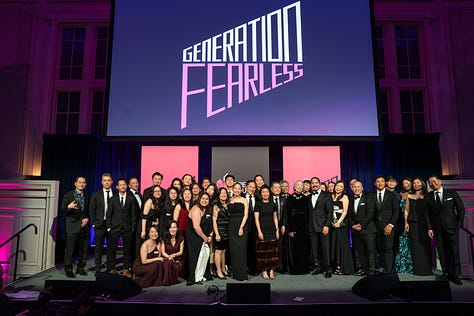
But that all changed when I started working at Apex for Youth, a non-profit that empowers Asian American youth from low-income and immigrant backgrounds to unlock their potential today and a world of possibility tomorrow. I was invited to be my whole self at work to which I rejected for quite some time but as I saw my colleagues and my boss model that, my walls slowly came down. I let myself lead a few mindfulness practices, I let my silly side out at meetings, I never once felt judged for my Queerness or being in a larger body — something that is sadly often the case in Asian communities. I was just me, showing up doing the work just like all of them.
It shocked me and led me towards a pathway of healing that I didn’t know was possible. Apex just like Blue Cliff and Plum Village showed me not just what community could look like in practice — kind, collaborative, affirming, productive, joyful — it redefined what it meant to be Asian for me, and widened my spectrum of humanity, one where I was embraced not excluded.
These communities are a reminder, especially in these times, that we have to find our people, our safe spaces to just be authentically who we are, exactly where we are in a given moment. They are also a reminder to me that we all play a role and part of creating this dynamic. We co-create it together, inviting us all to show up as our best selves.
Because we are bred to find one another, we are by nature interdependent. We inter-are. What a concept that in being together, we don’t have to be at each other’s throats, we don’t have to pit ourselves against one another or push anyone to the margins.
We can just be.
That is the power and the teaching of sangha. It is a blueprint, a small ecosystem, a model of how the entire world can be. A proof point, case study that we can achieve great harmony together, if we all want to.
I hope you have found your community and sangha and continue to find yours, perhaps in places you would least expect like me. I think what I have learned is that no matter how impossible it might feel, it is possible to find someone who can see the Buddha within you.
Let us all see it within ourselves and each other.
Contemplations:
Who in your life reminds you of your Buddhanature — that you are worthy at your most authentic self?
How can you find/build a community of people who will help you remember that you are fundamentally good?

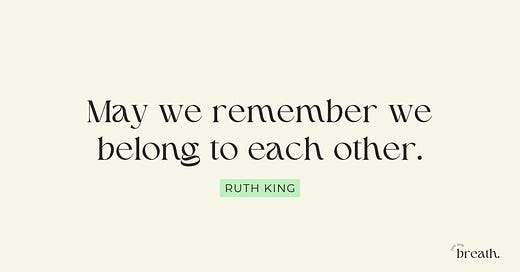


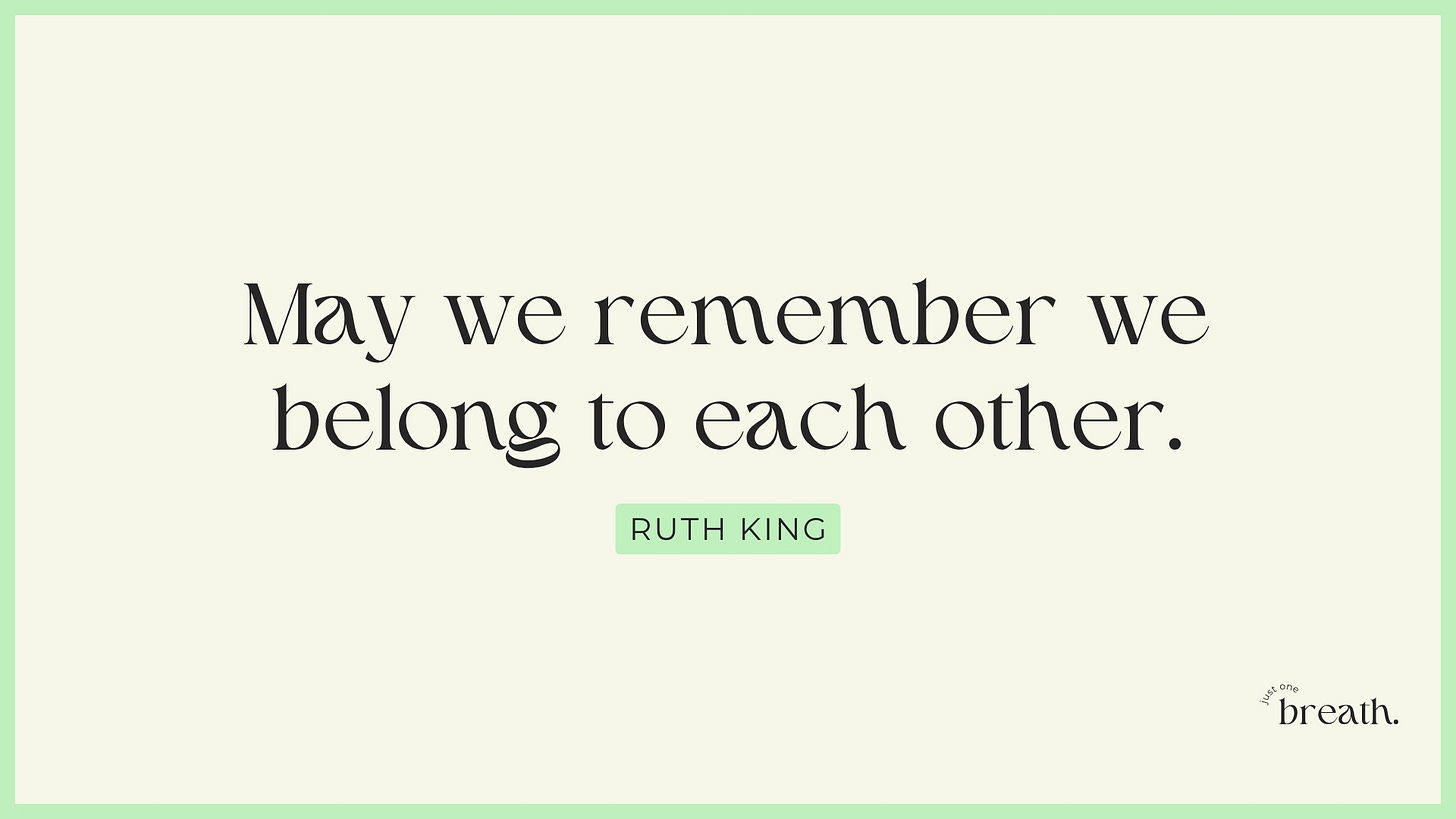
Kim, I loved reading about this beautiful homecoming. Thank you <3
I love this so much and love YOU so much. Thanks for letting your buddhanature out and being your awesome self. I know it has helped me to experience belonging and love as well.